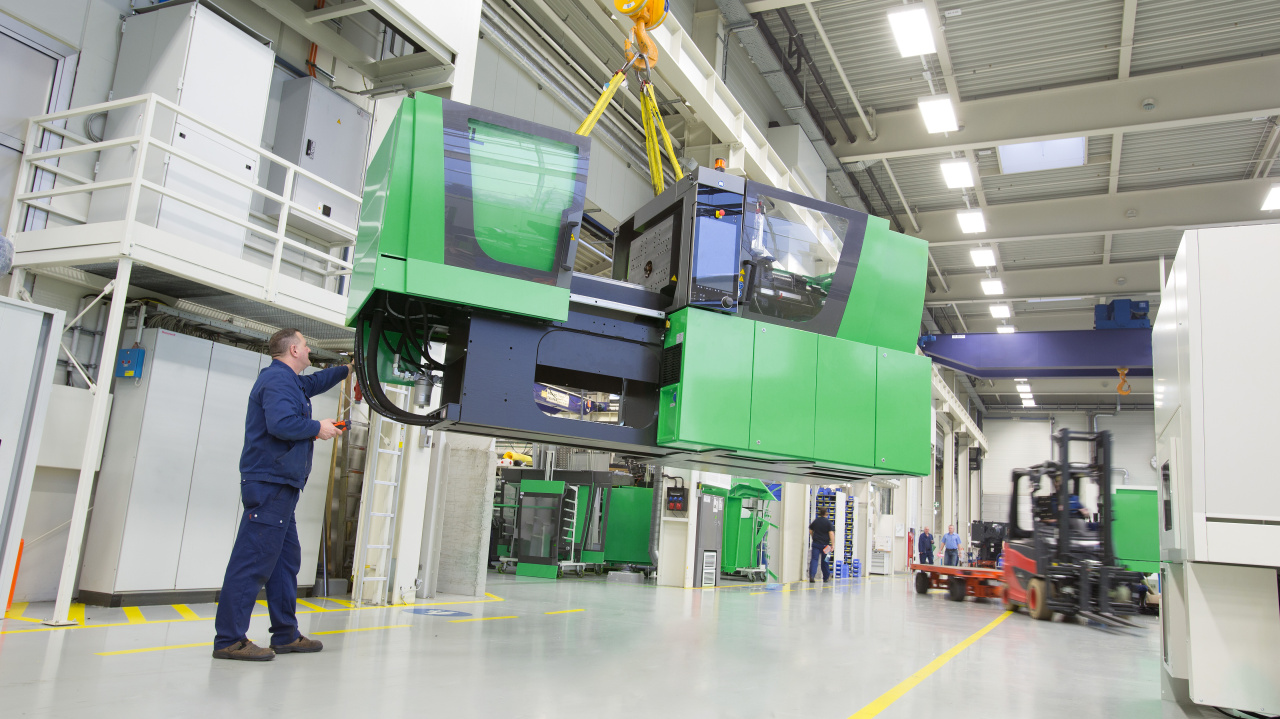Pay-per-Use Equipment Finance, in the changing landscape of manufacturing finance, is emerging as an exciting method that has the potential to transform traditional models, and provides businesses with unprecedented flexibility. Linxfour is in the forefront of this new revolution in leveraging Industrial IoT in order to introduce a brand new age of finance that is beneficial to both the equipment manufacturer and the operator. We look at the complexities of Pay-per use financing, its effects in difficult conditions and how it changes practices in finance by transforming from CAPEX to OPEX. This frees balance sheet treatment according to IFRS16.
The Benefits of Pay-per-Use Financing
Pay per use financing for equipment used in manufacturing has revolutionized the business. Businesses no longer pay rigid fixed amounts, but instead pay in accordance with how the equipment is used. Linxfour’s Industrial IoT integration ensures accurate utilization tracking, providing the transparency needed to avoid hidden costs or penalties if the equipment is not utilized. This innovative approach allows for greater flexibility in the management of cash flows which is particularly important during times when demand fluctuates and low revenues.
Business and sales conditions
The general consensus is that Pay per usage financing has great potential. A staggering 94% believe that this model will improve sales, even in difficult business environments. Aligning costs with equipment usage is appealing to companies that are looking to increase their spending. This also allows companies to offer more attractive loans to their clients.
Accounting Transformation: Shifting from CAPEX To OPEX
The accounting aspect is a significant distinction between traditional leases and Pay-per Use financing. Companies undergo a dramatic transformation when they switch from capital expenditures (CAPEX), to operating costs (OPEX) using Pay per use. This has a huge impact on the financial reporting. It offers an more precise representation of the costs that are associated with revenue.
Unlocking Off-Balance Sheet Treatment under IFRS16
The use of Pay-per-Use financing provides a strategic benefit with regards to off-balance sheet treatment which is a crucial aspect under the International Financial Reporting Standard 16 (IFRS16). Since it transforms the equipment financing costs into liabilities, businesses can take the cost off their balance sheet. This helps reduce financial leverage, and lowers investment risk and makes it appealing to businesses looking for a more flexible financial structure.
In the event of over-utilization, KPIs can be improved and TCO raised.
Pay-per use models, as well as being off balance sheet, are also a great way to improve critical performance metrics (KPIs), such as cash flow-free as well as Total Cost Ownership (TCO), in particular when the equipment is under-utilized. Leasing models that are constructed on the basis of traditional methods may be problematic when equipment isn’t being used as planned. Pay-per-Use allows businesses to not pay fixed amounts for assets that are not being utilized. This helps improve overall performance and financial results. See more at IFRS16
Manufacturing Finance The Future of Manufacturing Finance
Innovative financing strategies like Pay-per-Use are helping businesses navigate the complexity of an economy that is constantly evolving. They also pave the way to a future more resilient and adaptive. Linxfour’s Industrial IoT driven approach is not only beneficial for manufacturing companies and equipment operators, but it also aligns with a broader trend where companies are looking for flexible and sustainable financial solutions.
Conclusion: The integration of Pay-per-Use financing with the transition of accounting from CAPEX into OPEX and off-balance sheet treatment under IFRS16 mark the beginning of a new era in the world of manufacturing finance. As companies strive to achieve financial agility, cost-effectiveness and better KPIs, taking advantage of this unique financing model becomes an imperative step in staying ahead of the curve in the constantly changing manufacturing industry.

